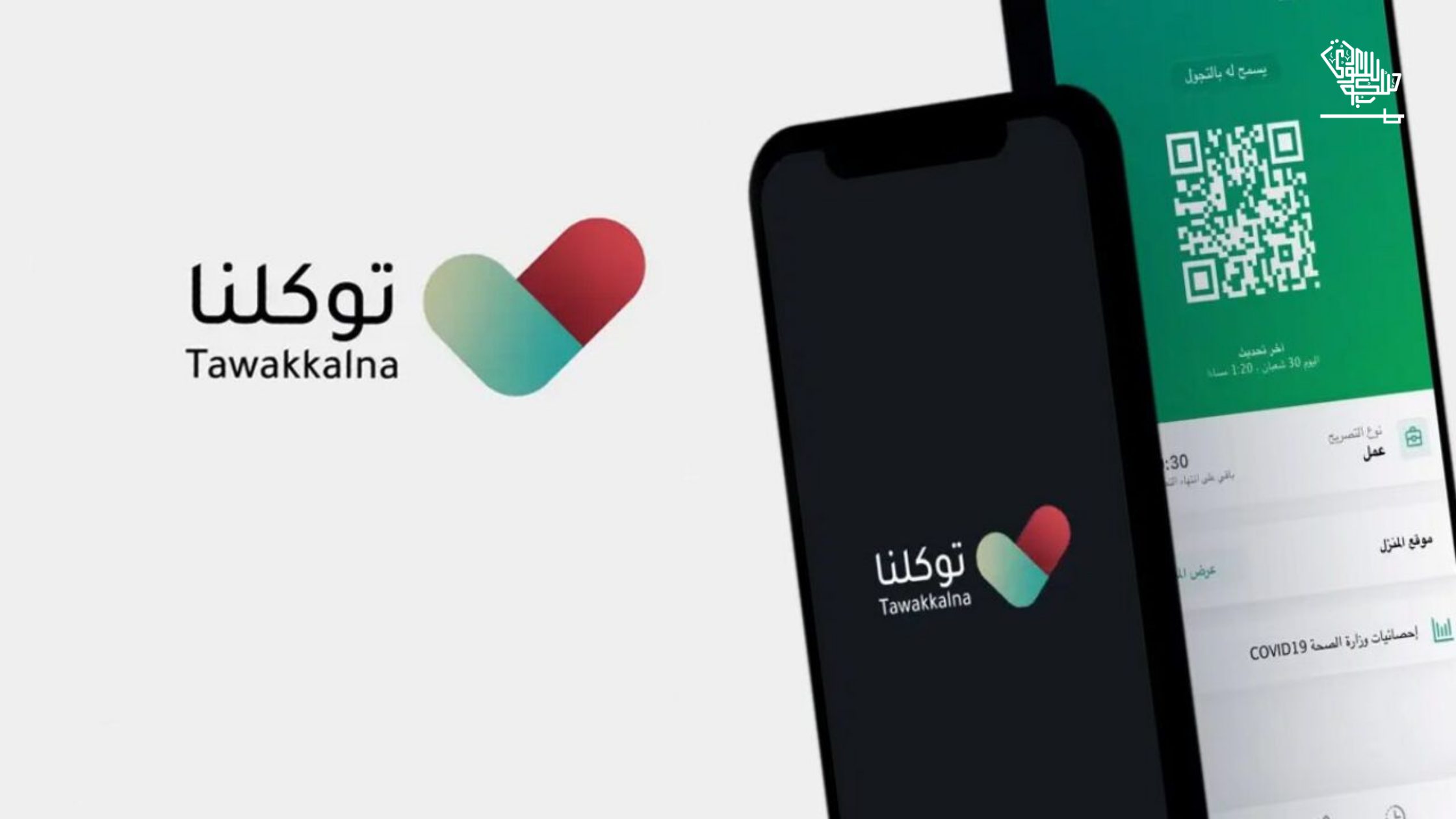With increasing migration from different countries to Saudi Arabia, there has been an increase in job opportunities for these immigrants. KSA provides a well-organized platform to cater to their needs. The QIWA platform is worth mentioning as it provides the Ministry of Human Resources and Social Development services and solutions to enhance the electronic services provided to the labor sector.
This particular platform is being worked with to transfer sponsorship within the country. Below are some of the steps required to achieve this task.
Table of contents
Step 1: Upload the employment contract on the QIWA platform
The new employer must upload an employment contract on the QIWA platform that requests the transfer of the employee’s services.
But, before that, the employer needs to meet specific requirements. The conditions are as follows:
- The employer should be eligible to obtain a new visa per the regulations.
- In the last three months, the employing company has shown at least 80% compliance to the wage protection system.
- The employer offers 100%compliance with the Contract Registration Program (CRP)
- The company demonstrates 80% adherence to the self-evaluation program regulations
- The employer follows the QIWA maximum limit of workers for nationalities
- The employer Nitaqat program presents a green status.
Step 2: Acceptance of job offer through QIWA
After the employer has created the job portal through QIWA, the candidates can accept the employment contract.
The candidates can obtain the job or employment contract within 10 days of its creation through these steps:
- The candidates should register themselves using the QIWA platform.
- After successfully registering themselves, they can log on to their account using Sign In.
- Click on ‘Individual account.’
- Scroll down and click on ‘Employee transfer.’
- On the next page, click on ‘View contract.’
- Most importantly, read the employment contract carefully, as it is the only legally binding document from the viewpoint of the HR ministry and the Saudi government before accepting it in QIWA.
- Agree to the stated terms and conditions
- Accept or reject the contract.
- If you encounter any problem in accepting the request,
Send an email to support @qiwa.sa or Call the QIWA helpline at 920000105.
The employing companies are setting specific criteria for the acceptance of candidates:
- The worker should have completed at least one year of service upon entering Saudi Arabia with the current employer
- No record of unpaid violations that are pending by the employee
- No other request for the transfer of sponsorship is pending.
Step 3: Acceptance of transfer request by the current employer
Upon completion of the registration by the candidates and acceptance of the job offer or employment contract, The request is sent to the current employer, who either approves or rejects the transfer request. During this period, the QIWA shows a status stating ‘Pending for current employer’s approval.
- The employee transfer works if the current employer’s request is accepted within 14 days. Alternatively, the system overrides and automatically agrees with the transfer request without Kafeel’s approval. In either of these cases, the QIWA will show a status of ‘Approved.’
- The request automatically declines if the current employer fails to accept the transfer request within 14 days. Hence, the QIWA portal will show the status ‘Auto canceled due to not approving or rejecting the request for more than 14 days.’
- If the current employer rejects the transfer service request, it is automatically deleted. However, the employer must justify such actions, such as an incomplete employment contract.
The QIWA status will be ‘Rejected by current employer.’ Furthermore, the employee will receive a mail stating, ‘Dear employee, you have a justification from the establishment owner.
Please respond to the justification sent to you by logging into Mudad using the following link.
Step 4: Waiting for the notice period completion
After going through the previously stated formalities, as soon as the current employer accepts the transfer request, the employee notice period will begin in QIWA.
Therefore, the current employer can implement a transfer request immediately or wait for the notice period to end before the employee’s dismissal. In the latter, the QIWA shows a status of ‘Pending for notice period completion.’
Step 5: Completing transfer by the new employer
After the employee completes its notice period, if there is any, and the current employer approves the transfer of its employee, the employee transfer service starts in QIWA.
The status changes to ‘pending completion of the transfer in Absher by the new employer.
This is followed by the new employer paying the dues for the Iqama transfer and using the Absher app.
This app allows the employer to launch a request to change the company’s name or transfer employees within 24 days. Failure to initiate within these 24 days will result in the cancellation of the entire procedure.
As a result, the QIWA system will show the status ‘Expired because the new employer did not complete the request.’
(Read: Qiwa sets a limit to foreign nationals working in KSA private sector)
Step 6: Sign up for the new Iqama.
If the employee transfer request is successfully accepted by the current employer, to sign up for the new Iqama, carry out the following procedure:
- To complete the process in Jawazat, pay the fee to transfer Iqama sponsorship within 12 days.
- Article 40 of Saudi Labor law states that the employer pays the fee.
- After completing the transfer, one can check the status of their new Kafeel through the Absher app.
- Upon completing the transfer, one can visit any Jawazat office to receive the print of their new Iqama.
All information and errors in this article are stated as received via email or the QIWA platform.
DISCLAIMER: The images/videos/logos showcased on this page are the property of their respective owners. We provide credit and sources wherever possible. However, If you find that your image/video is displayed on this blog without authorization, please contact us with the relevant details and a link to the image, and we will promptly address your concerns.




